If you are just starting out with recording at home, you might be looking for some “beginner-friendly” microphones that you can start out with.
The good news is that there are many good beginner-friendly microphones available on a budget that deliver great sound. While they aren’t on par with the kind of microphones that you’d find at a professional recording studio, they work really well for home recording and recording music or vocals.
Most musicians recommend starting out with a large-diaphragm condenser mic when recording vocals and acoustic instruments, due to their ability to capture high-frequency detail. While this is mostly true, there are some dynamic mics that are equally as good at capturing vocals at a fraction of the price of a large diaphragm condenser (such as the legendary Shure SM58-LCs).
Let me introduce you to the best microphones for recording at home.
The Best Microphones for Home Studio Recording
1. Shure SM58-LC Dynamic Mic
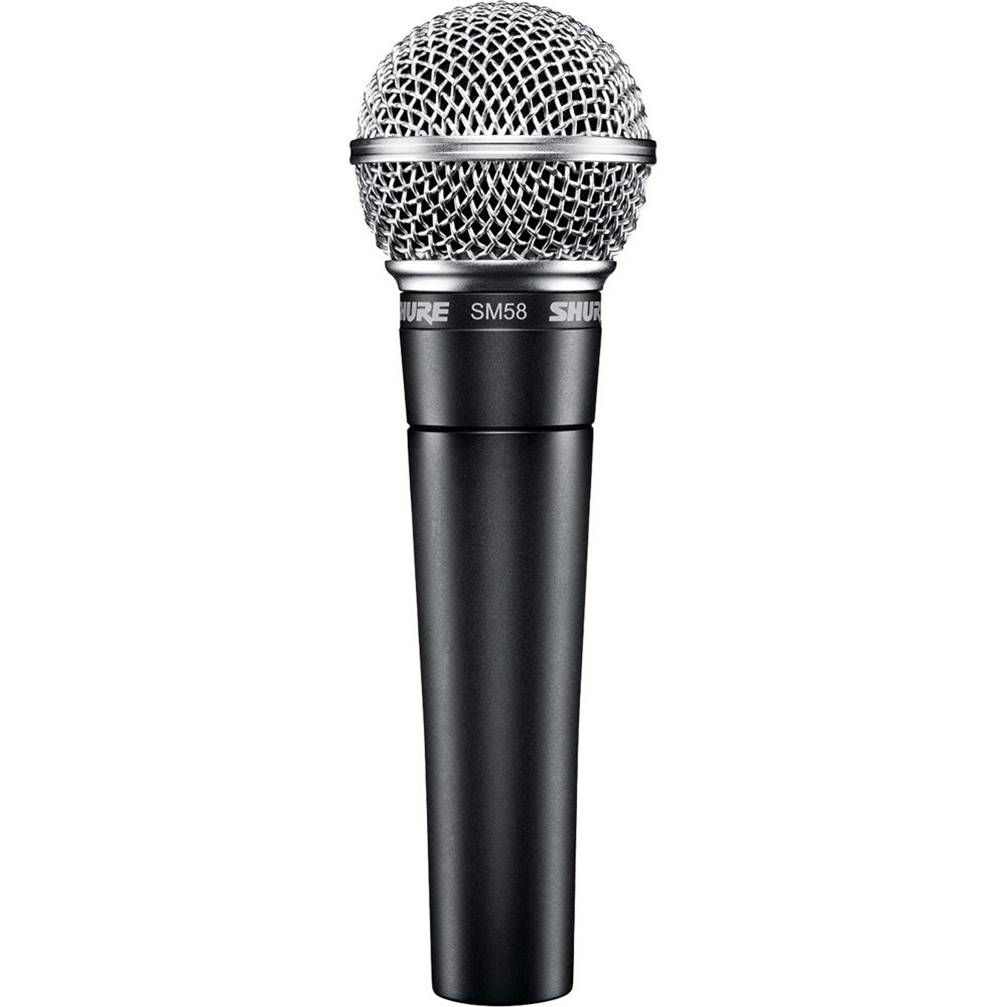
Now most musicians would think that dynamic mics aren’t good for recording vocals.
But the Shure SM58-LCs is probably the exception to this rule, and their reputation among home musicians is near legendary. They have been around for a long time, and are some of the very best mics that a beginner can start out with due to their superb crystal clear vocals and crisp sound.
Unlike most dynamic mics, the SM58-LCs are engineered specifically to pick up vocals with a cardioid pickup pattern. Vocals sound very smooth and the SM58 has the ability to capture warmth and nuances that other dynamics don’t have. These mics are tailored for vocals and have brightened midrange with nice bass rolloff to control the proximity effect.
The way we would describe the Shure SM58-LCs is that they have a solid design all-around. They are highly versatile mics, and can even be used to record acoustic guitar and other instruments with detailed clarity.
These mics also come with a built-in spherical wind and pop filter to minimize plosive sounds; they don’t pick up as much plosives as a large condenser due to their slightly lower sensitivity.
With all that being said, the reputation of the Shure SM58-LCs is legendary. Since the 1960s, these mics have been the go-to mics for home studio recordists and have remained ever since.
Check them out here:
Up next…
2. Audio-Technica AT2035 Condenser Mic
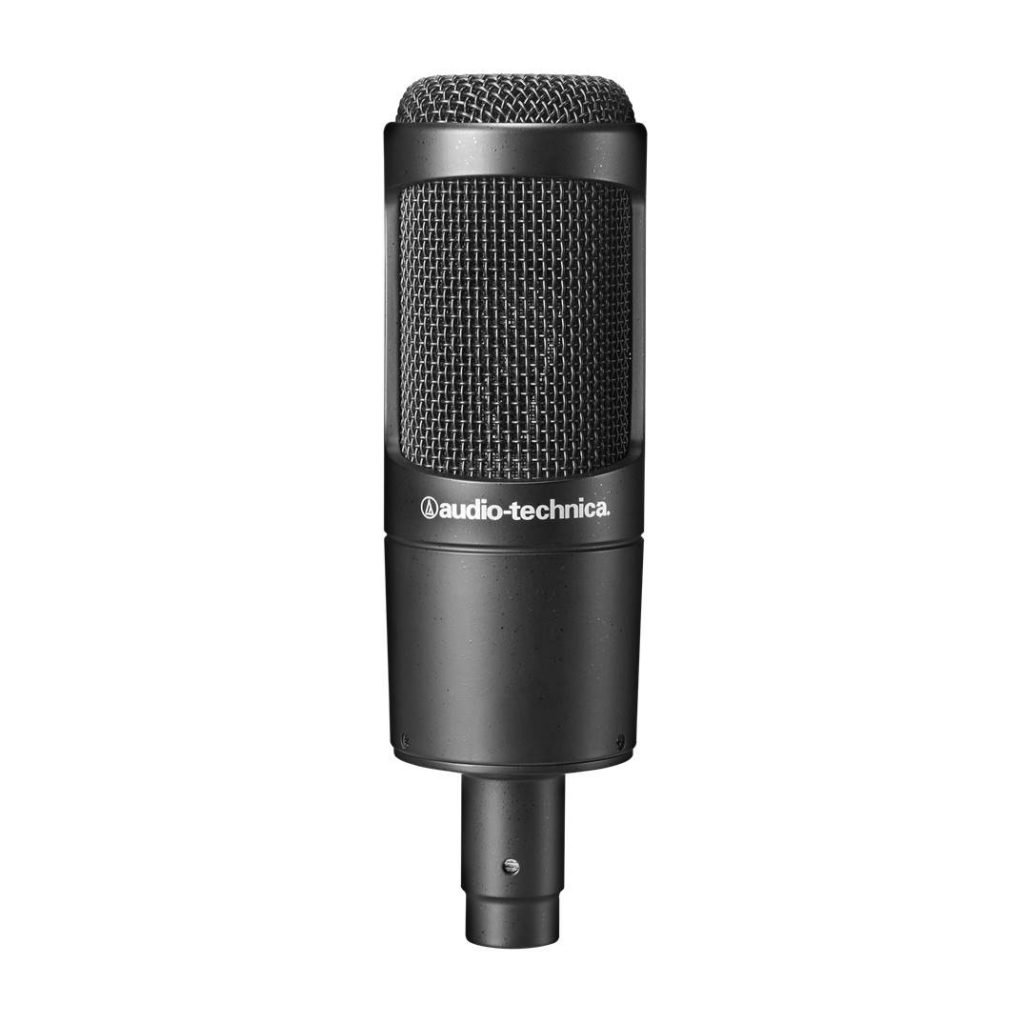
The Audio-Technica AT2035 cardioid condenser is the perfect microphone for anyone who wants to upgrade from a USB mic to an XLR setup with a focus on clean vocal recordings. As far as quality is concerned, the AT2035 mic is excellent and rivals its more expensive counterparts with crystal clear vocal clarity.
Compared with the Shure SM58-LCs, the AT2035 has very neutral color and captures detailed nuances for midrange instruments and vocals. The sound clarity on this microphone is excellent for vocals; while there’s a small decline in response on the high-end, the mic stacks up pretty well compared to other “higher-end” mics.
The AT2035 is designed with a large diaphragm for natural sound pickup with a low noise floor. It also has a cardioid polar pattern which improves the sound that comes from your voice while minimizing background noises. It has a high SPL handling and wide dynamic range for versatility.
In addition to all that, the AT2035 comes with a custom shock mount which provides better isolation from sound vibrations. It also features a switchable 80 Hz high pass filter and a 10 dB pad.
Overall, you’d be hard pressed to find another condenser mic with this level of professional quality at the same price.
Check them out here:
Up next…
3. Rode NT1 with Audio Interface Combo
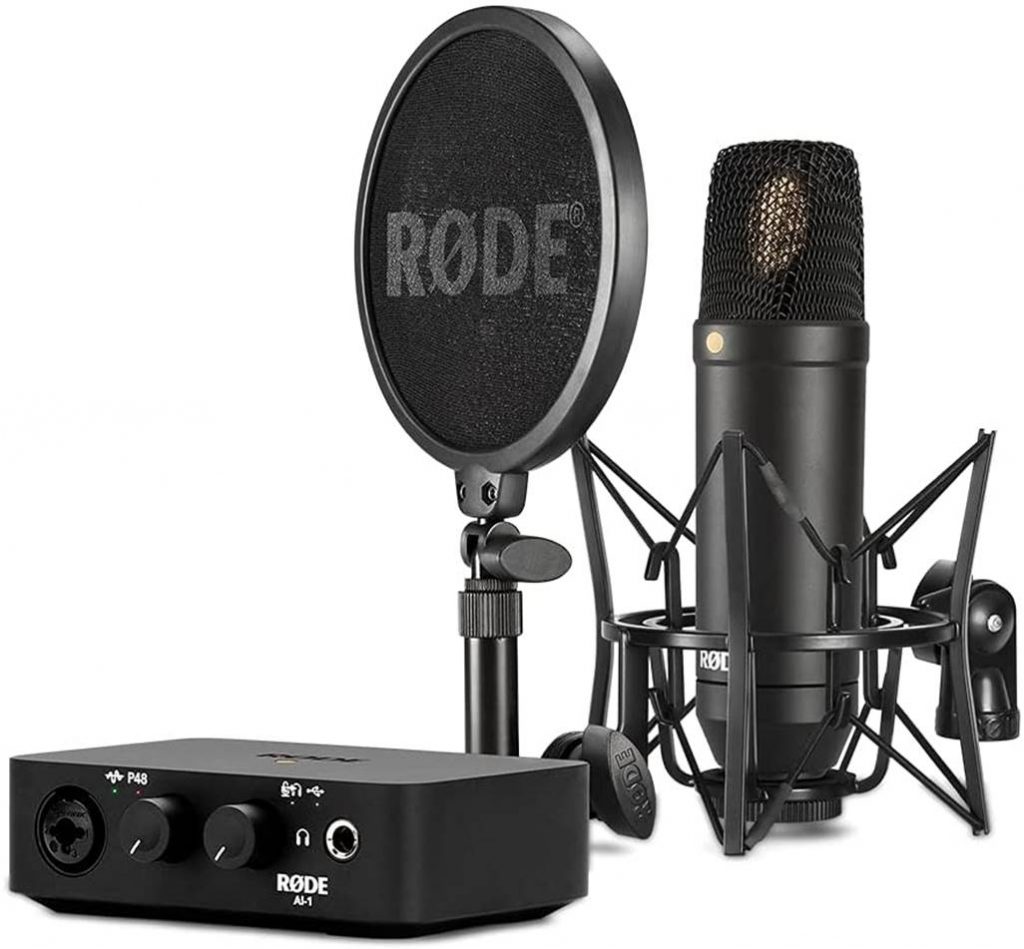
Now if you looking for something to get started with straight out of the box, I highly recommend the Rode NT1 with AI-1 Audio interface pack.
Apart from being a great microphone for recording vocals and acoustics, this package also includes the Rode A1 USB audio interface and the lyre based shock mount which is great for beginners just starting out with recording at home.
The AI-1 audio interface is excellent with super clean preamps and great build quality. It has zero latency headphone monitoring and is virtually noiseless even at 100% gain, which is essentially for listening to your music recordings. It can also record at 24bit and 96kHz which is very good performance for a USB audio interface.
The Rode NT1 is a superb microphone. It captures the nuances and details of high-end frequency ranges, and vocal performances sound crystal clear and well-defined. This combo package works well with almost any DAW that gives you everything that you need to get started.
While you can always just get the microphone and your own USB audio interface, the level of sound quality and performance with the Rode interface is just amazing and good value.
If you are looking for a complete studio kit with a quality condenser mic, this package is definitely the one for you.
Check them out here:
Up next…
4. Stellar X2 Condenser Mic
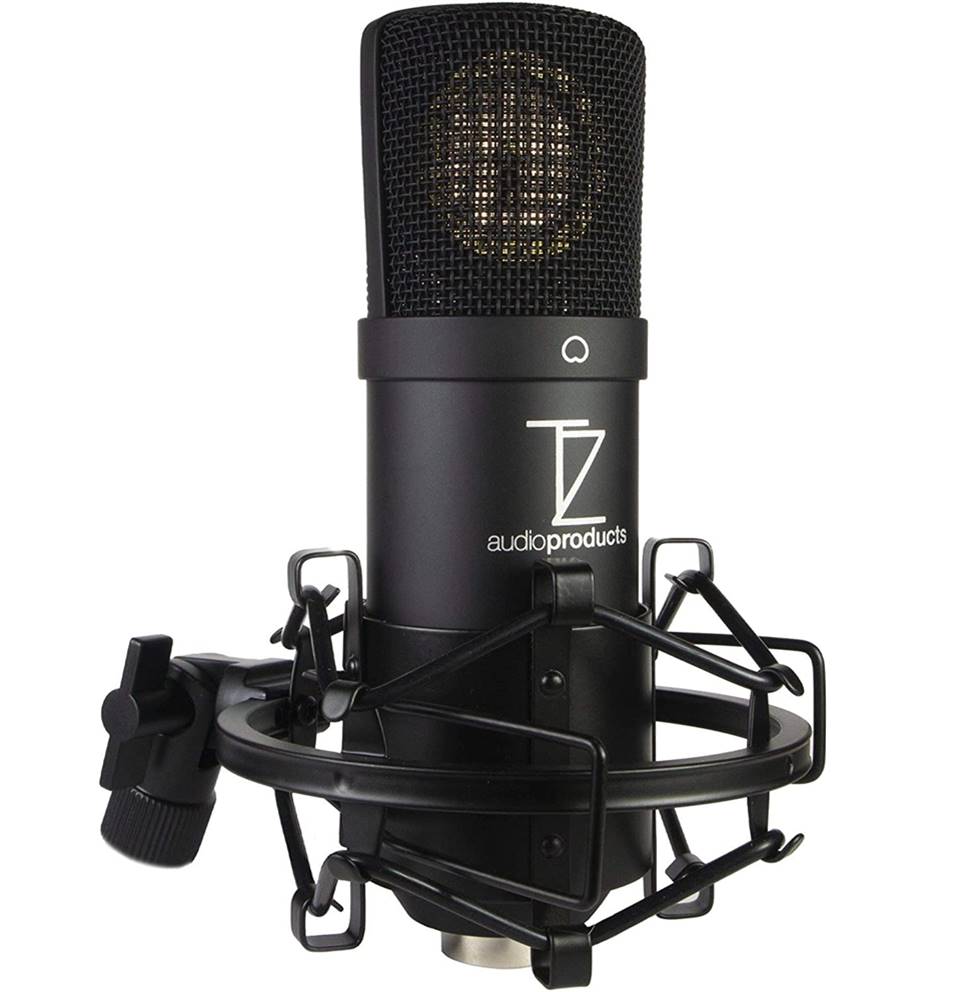
The Stellar X2 large diaphragm condenser has a reputation for crystal clear vocal recordings and a very low noise floor. It is perfect for beginners starting out with recording at home because it has a clear, natural warm tone and is super quiet. The only other mics that come close with a super low noise floor are the Neumann and Shure condenser mics, which are many times the price of the X2.
Vocal recordings sound very clean and crystal clear without the need to do any post production filtering – which is ideal as this not only saves your time, but your final mix is much better off with as few filters as possible.
In addition to its extremely low noise floor, the Steller X2 has a spectacularly natural tone. It feels warm and natural, and well-balanced. Compared to other mics that are either too muddy or too bright, the X2 comes right down in the middle – not too soft or bright.
Unlike other cheap condenser mics, the mic does not sound harsh and will not stand out in your mix or sound fatiguing over time. The mic itself is well-made, and made out of a high-grade iron with durable grill to protect the mic.
It’s extremely rare for such a low-cost microphone to sound as good as high-end mics such as the Neumann U87 mic in terms of clarity and natural tone. If you do a lot of voice records or record acoustic instruments with a large diaphragm condenser, the Stellar X2 is the mic for you.
Check them out here:
Up next…
5. Marantz Pro 1000 Condenser Mic
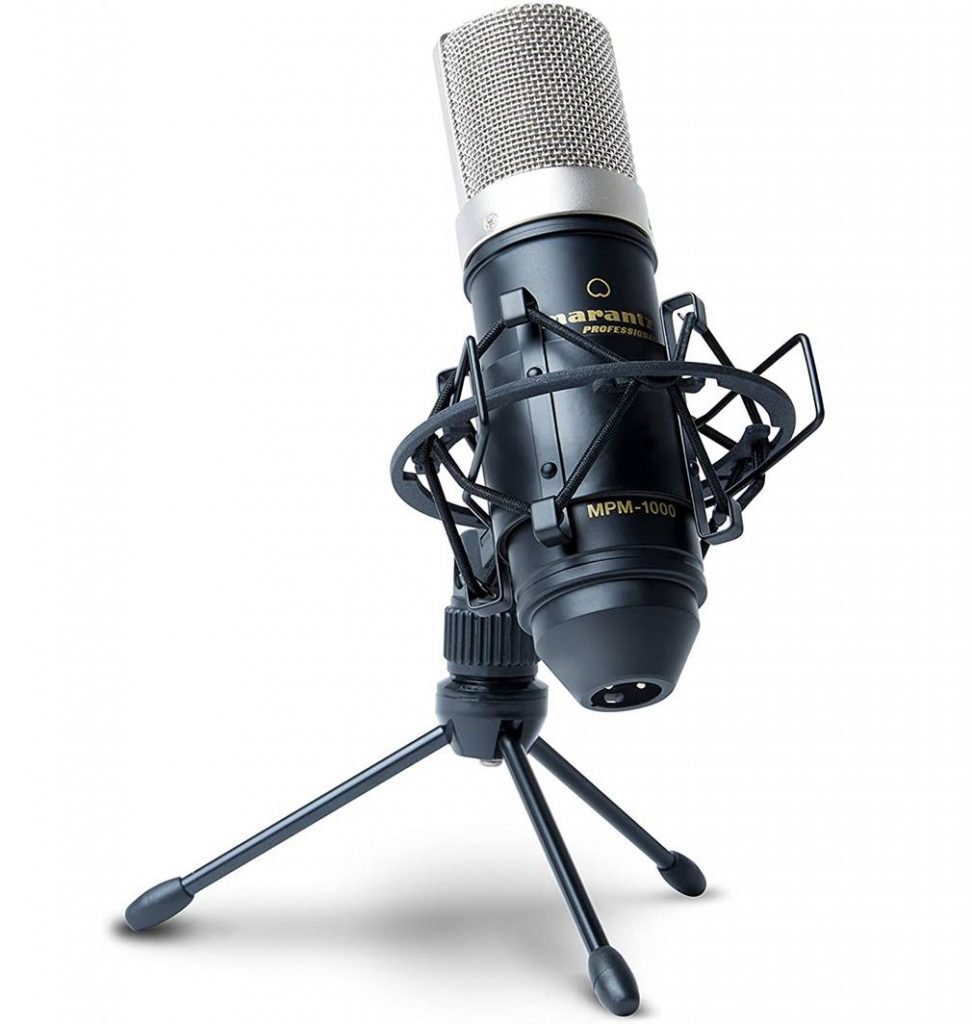
The Marantz Pro 1000 is an affordable alternative to a professional-grade studio recording mic. It’s designed for crisp audio performance for crystal clear voice performance and keeping recordings on point.
The directional cardioid mic capsule is very sensitive and has a low signal to noise ratio which records every subtle nuance and detail in your vocals. Compared to other condenser mics, the MPM 1000 has the right “warmth” and does not feel too bright or too bassy.
It’s the classic mic that can represent your voice well in its most natural and detailed form without any noise.
The mic also comes with an included windscreen, shock-mount, desktop tripod stand and XLR cable. I’d also recommend getting a pop filter to reduce plosive sounds with this mic.
All in all, this is a great mic to get started for those who want to start recording at home. Do keep in mind that you’ll need a USB audio interface that has XLR inputs to setup this mic.
Check them out here:
Up next…
6. MXL 990 Condenser Mic
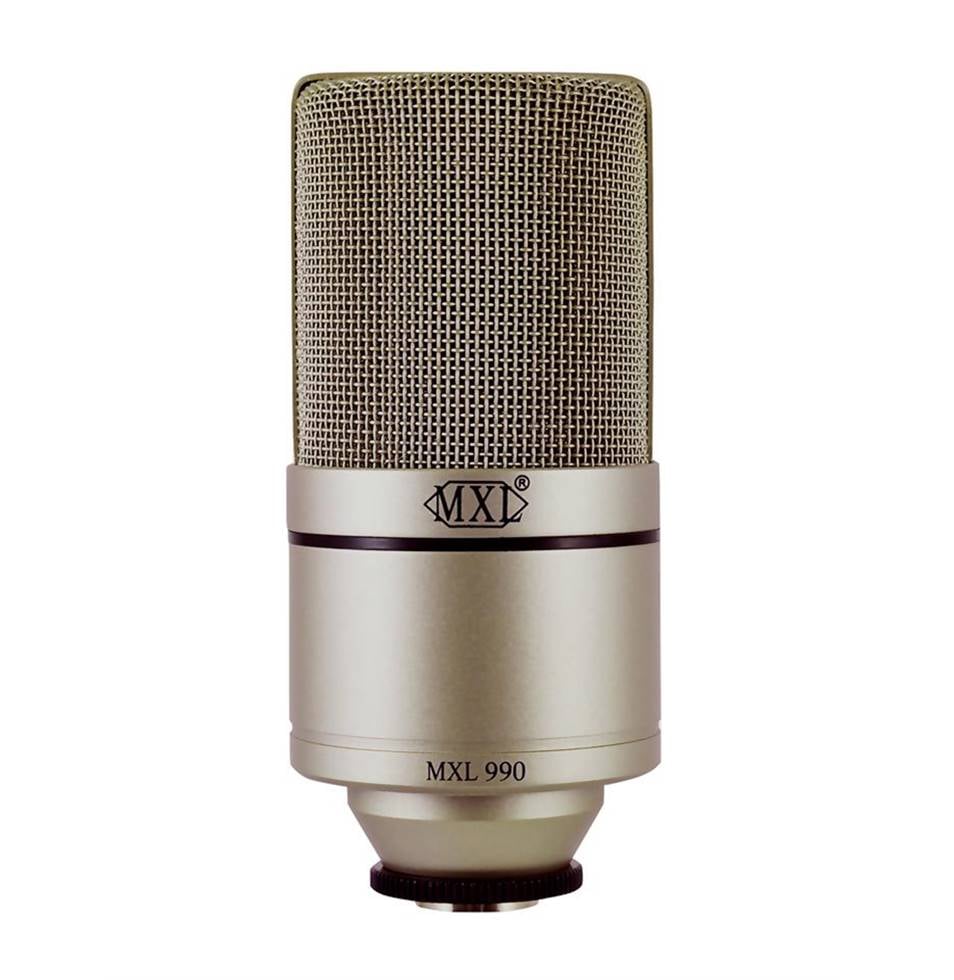
The MXL 990 is a high-quality condenser mic that’s great for beginners starting out their home recording studio. It is an affordable alternative to high-end condenser mics and delivers really good vocal performance.
This mic has a FET preamp with beautifully balanced sound, and a large diaphragm for clear sound quality in both digital and analog recordings.
This mic stands out for its silky high-end and tight sold low and midrange sound reproduction. This mic has an incredibly rich tone and feels warm and well-balanced. That being said, it’s incredibly sensitive, and can capture room noise (including any air-conditioning noise). We would recommend having it pointed down to reduce environmental sound pickup.
I really like the design of the MXL 990. It features a vintage body style with champagne finish, and comes with an included custom shcokmount, mic stand adapter and carrying case.
It’s a condenser mic that’s built to last, and is a very cost-efficient option for beginners starting out with their home recording studio.
Check them out here:
Up next…
7. AKG P220 Condenser Mic
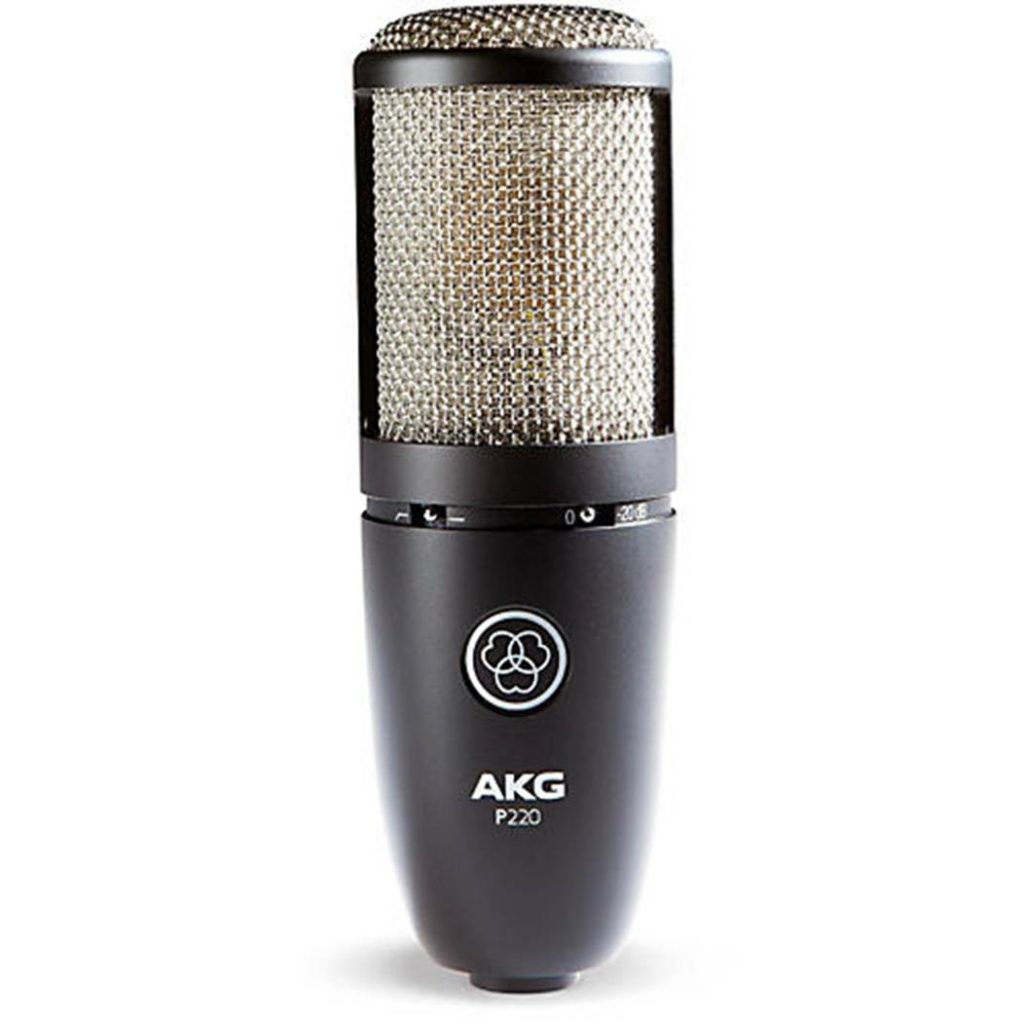
The AKG P220 is a great vocal condenser mic for beginners, and captures a warm and clear sound for lead vocals in multi-tracking. The P220 stands out as one of the more accurate AKG mics that we have tested – it sounds just as you’d expect your voice to sound – natural, clear with subtle nuances recorded accurately.
The P220 delivers accurate frequency response and keeps the vocals tight and warm. It’s also a very versatile mic and can be used not only for vocals but acoustic instruments as well. The sound of this mic is warmer and more direct than the AKG Perception 120, which makes it ideal for recording vocals.
Design wise, the build quality of the AKG P220 is rugged and tough and the functions are very simple to use. The mic has 2 main settings – the bass roll off (which is great if you want to reduce the proximity effect), and a noise reduction setting (which cuts the signal by 20dB). This is useful if you have a noise background and don’t want the sound to bleed into the mic.
Although the P220 can be described as a “simple” mic, it’s great for beginners starting out with home recording and delivers some of the most natural and warm vocals we’ve heard from a pair of AKG mics.
Check them out here:
Up next…
8. MXL V67G Heritage Edition Condenser Mic
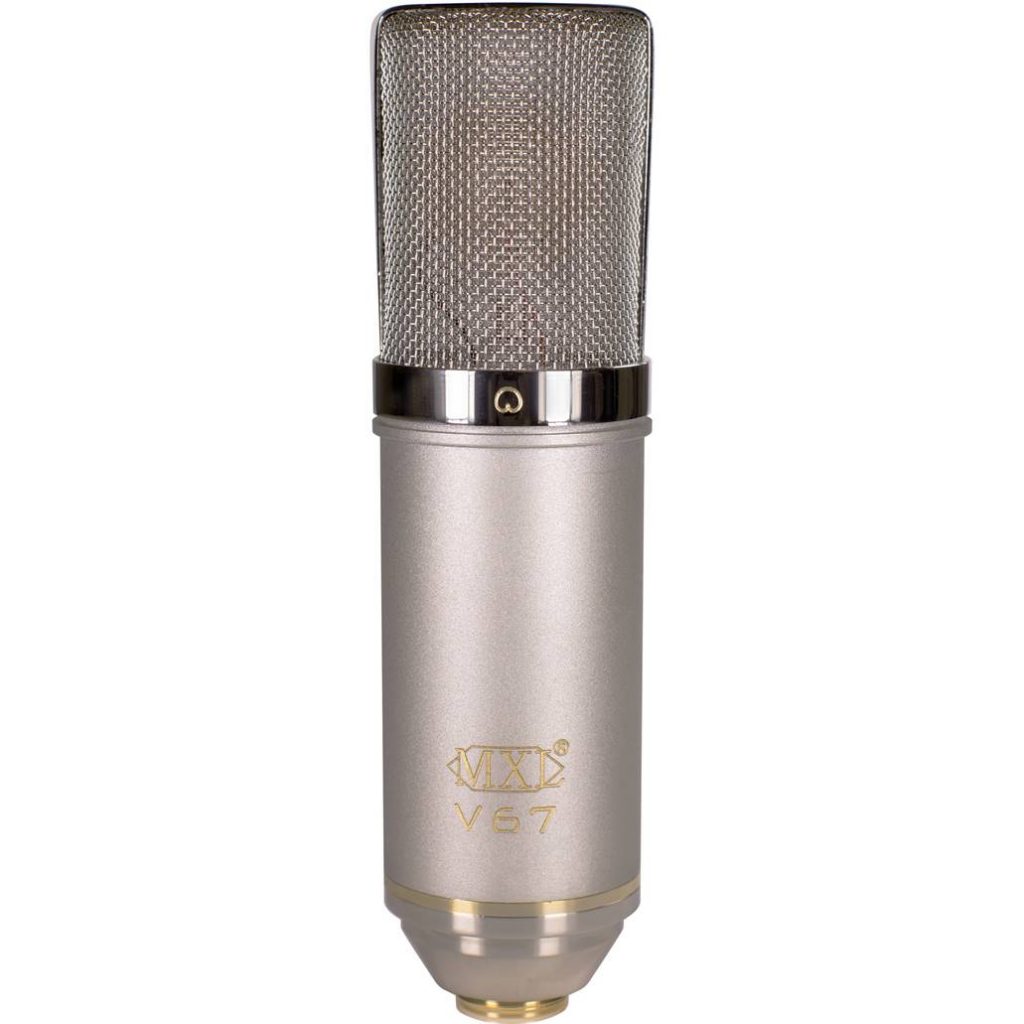
The MXL V67G is one of the more affordable large capsule condenser mics for recording vocals. It’s a great option for beginners because it records crystal clear sound, and delivers a clear, rich tone with little to no EQ required for recording vocals.
The V67G mic has a rich midrange that matches tube mics; this solid-state mic breathes warmth into vocals. It has crystal clear sound that’s loaded with warmth and is excellent for R&B, pop and rock recordings. When getting up close, the mic captures some proximity effect which adds good depth to the voice without distorting the tone and without requiring too large of a reduction on the gain.
The V67G requires an XLR cable and phantom power supply – it works with most audio interfaces with a preamp, and for beginners I’d recommend going with the Focusrite Scarlet series interface to go with this mic.
Compared with the Shure 58 Beta mic, the V67G mic has a crisper and more “gusty” sound. At such an affordable price point, we were truly surprised at how great it sounds – it feels clear, clean and bright and easily beats more expensive mics costing three to four times more.
While the MXL V67G is great for vocals, it doesn’t mean it’s the best mic for your vocals (you’ll need to find a mic that best suits the tone of your voice). But you’ll be hard pressed to find a mic that can perform better at this price point.
Check them out here:
Up next…
9. sE Electronics X1 Condenser Mic
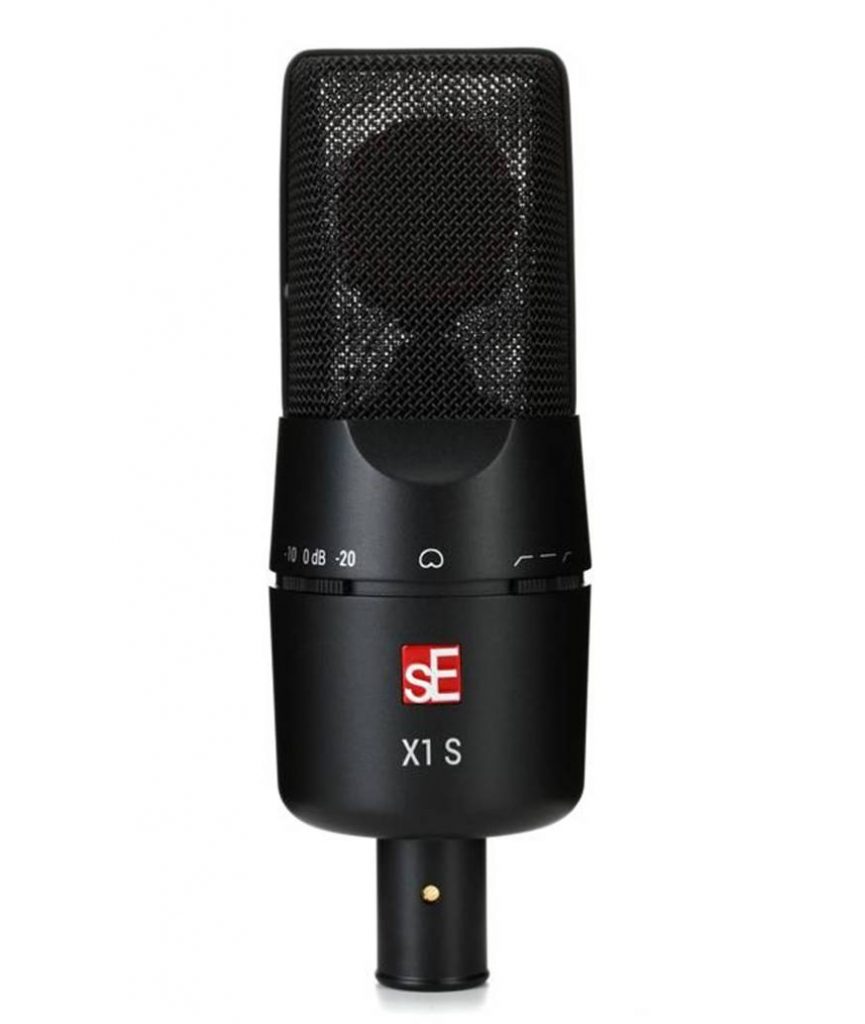
The sE Electronics X1 is a really good condenser mic for beginners and home studio recording. It is an affordable mic that has an almost flat frequency response that faithfully reproduces the tone of your vocals.
The sound quality of the X1 is crisp and very clear. For vocals and acoustics, the X1 comes close to (or is as good as) the AKG mics that we have tested. It can also be used for drum overheads and electric guitar. It’s just a really solid consider that delivers clear, warm and neutral sound.
The X1 mic is quite sensitive and can capture room noise, so the tone switches (-20dB switch pad) can be handy. This makes it suitable for recording even the loudest instruments such as the super-heavy kick drums. It also has a 100 Hz low-cut switch which helps to compensate for excessive bass with close-miking techiques by reducing the proximity effect.
sE Electronics also took the time to completely overhaul the design and electronics of the X1. It is durable and has better specs compared with the other sE mics.
Overall, the X1 is no doubt a great value entry-level condenser mic for home studio recording. Just be sure to get a shock mount and pop filter to complete the setup.
Check them out here:
Up next…
10. Behringer B1 Condenser Mic
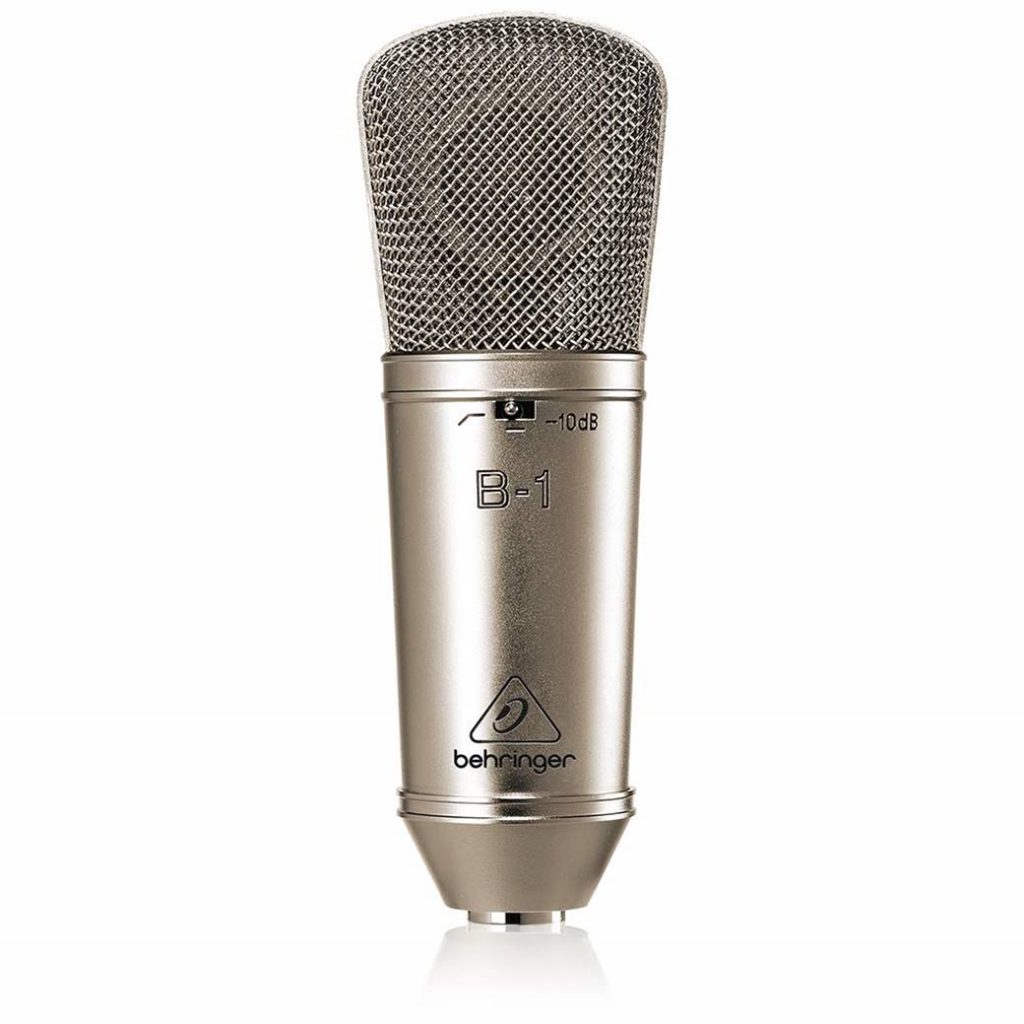
The Behringer B1 is an excellent entry-level condenser for beginners starting out with recording at home. This mic is comparable to some of the more expensive condenser mics and delivers crystal clear audio clarity with good tonal warmth.
It’s ideal as a main and support microphone for studio recording, as well as acoustic instruments and recording overheads. The mic is actually more sensitive than we expected, and can pick up every little sound that you play during your recording (i.e., air-conditioning noise, room noises, etc). Apart from recording vocals, it can also be used to mic your guitar amp.
For such an affordable mic, the recording quality doesn’t disappoint. It is super clear and clean, with good pickup for subtle nuances and vocal detail. Vocals sound neutral and uncolored – they are presented exactly as you’d expect them to sound.
The B1 mic has a cardioid pickup pattern which picks up your vocals while rejecting background noises. It also has a switchable low-frequency roll off to reduce proximity effect and a -10dB input attenuation just in case you are recording loud instruments.
I especially like the gold-sputtered large diaphragm capsule which gives this a vintage aesthetic. Overall it’s a superb investment for beginner home recordists.
Check them out here:
Next Steps
To learn more about the best microphones for beginners and essential equipment for your home studio, check out these posts:
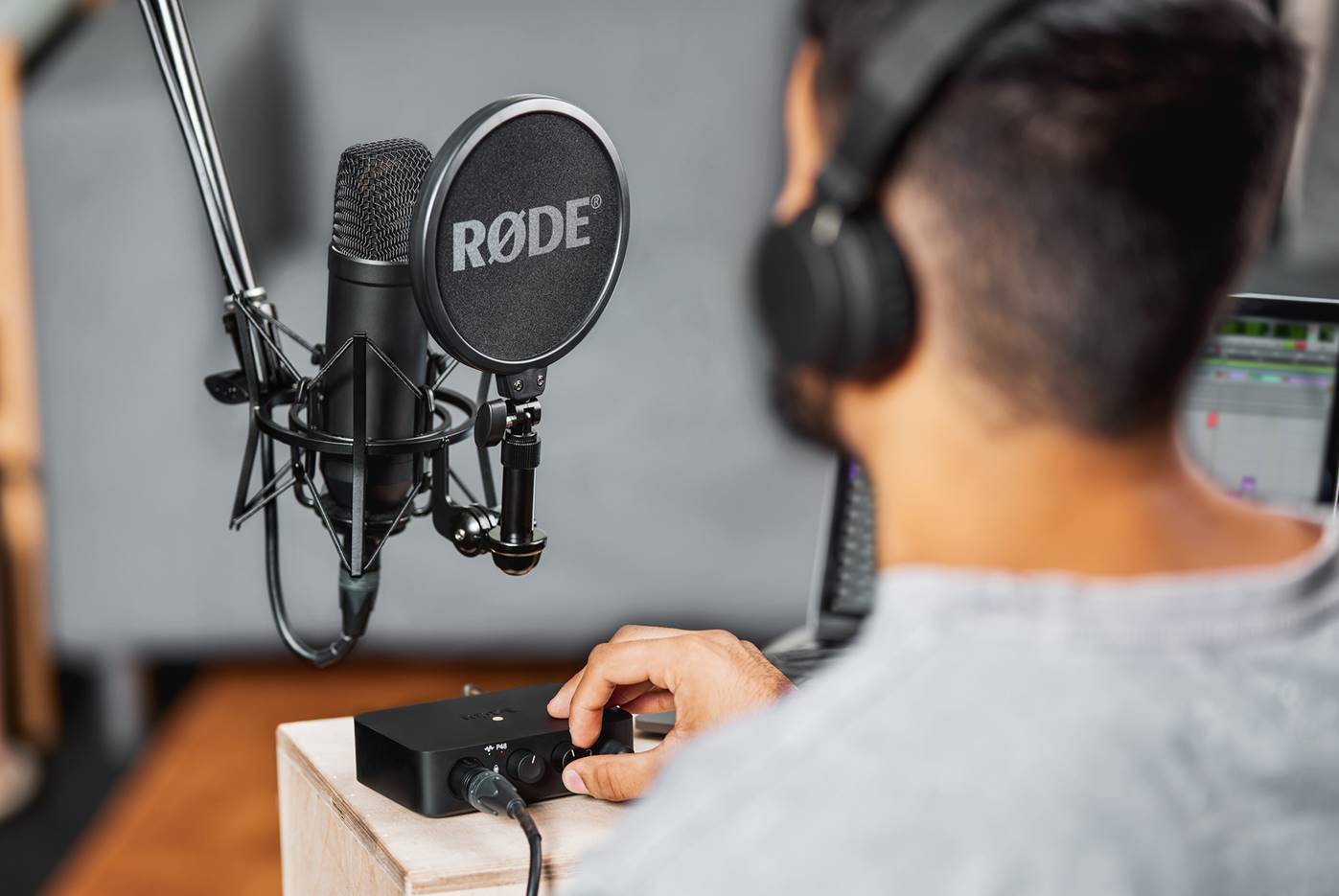
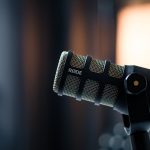
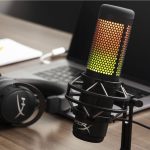
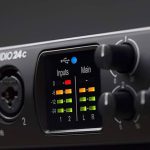
[…] The Best Microphones for Home Studio: Ultimate Beginner’s Guide […]